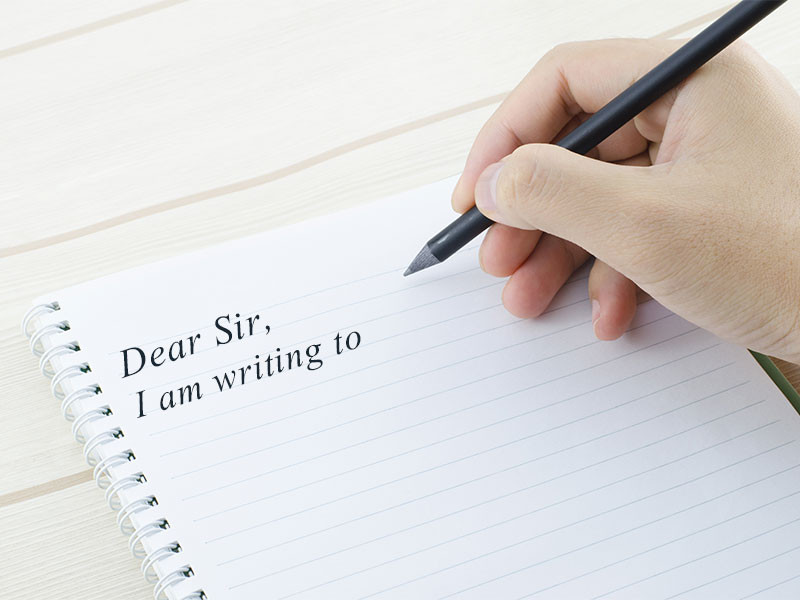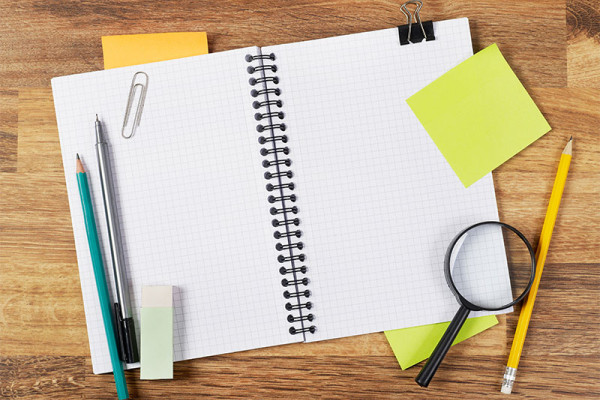How to write a formal letter in English

Students who want to take an official English exam (PET, FCE, CAE...) will have to deal with the written part, in which they may have to write a formal letter or e-mail.
Being able to write a formal letter is not only useful to students, but also to anyone who at some point may need to write such letters or e-mails.
Some of the possible reasons for writing a formal letter may be:
a) To apply for a job in response to an advertisement.
b) To ask for information.
c) To make a complaint.
d) To offer suggestions.
In order to be able to carry out this task successfully, certain aspects must be taken into account:
1. Use formal language.
Use a non-colloquial type of vocabulary and avoid phrasal verbs, which are common in informal language. Here are some examples:
| INFORMAL | FORMAL | |
| Ask for | Request | |
| Get | Obtain | |
| Say | Express | |
| Answer | Reply | |
| Say sorry | Apologise | |
| Go up | Increase |
2. No contractions are used.
In formal letters the contracted form of the verbs is not used, only the full form. In other words, the use of I'm, she's got, they've been... will be avoided, and I am, she has got, they have been will be used instead.
3. Indirect questions
It is recommended not to ask direct questions, but indirect ones because they are more polite and formal. So, instead of saying "Do you know if the course includes online tutoring?" we could say: "I was wondering if the course includes online tutoring?"
4. Long sentences.
In formal contexts it is advisable to express our ideas using long sentences with the aid of connectors (although, as well as, in addition to...).
Formal letter structure
In general, a formal letter follows the following structure:
1. Greeting.
To begin with, you have to address the person you want to write to. How do we do that?
a) If we know the person's last name: Dear Mr. Mrs, Ms García.
b) If we don't know the person's last name: Dear Sir/Dear Madam/Dear Sir or Madam (if we don't know if the person is male or female)
2. Introduction.
In this section we will briefly describe the reason why we are writing. Some useful phrases could be:
I am writing to inquire, inform, apologise, apply for...
In response to your e-mail...
With reference to your e-mail...
3. Body.
In this section we will explain in detail anything related to the purpose of the letter, by arranging it in two or three paragraphs.
4. Final paragraph.
In this section we express what we would like to be done, to express our gratitude, to offer our disposal to solve any doubts... Some useful sentences that could be used:
I would like to thank you in advance for...
Should you need further information, do not hesitate to...
I look forward to hearing/receiving...
We would really appreciate it if you could....
5. Closing.
A short phrase is used to say goodbye. Two forms are usually used, which will depend on the greeting we have used:
a) If we have used: "Dear Mr. Gracía", the phrase will be: "Yours sincerely".
b) If we have used: "Dear Sir/Madam", the phrase will be: "Yours faithfully".
This is the structure of a formal letter. Use the appropriate vocabulary for this type of writing and use complex grammatical structures (passives, conditionals...) In addition, carefully think about the ideas you want to expose and express them in a concise and clear way.
Artículos relacionados
Comment















